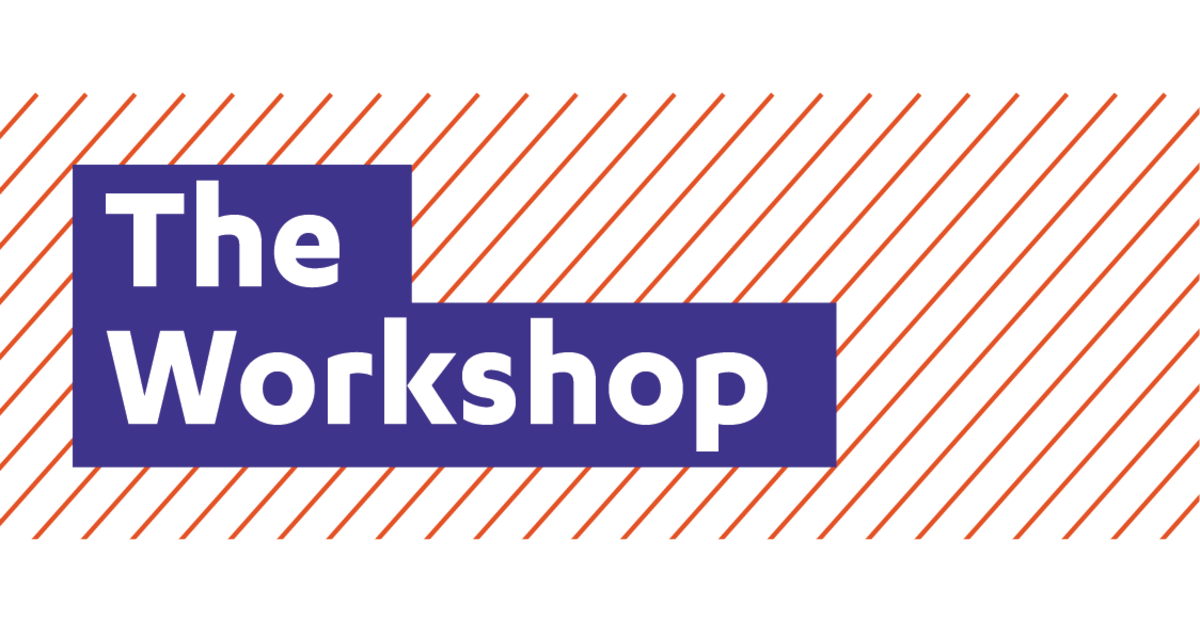In this post, we talk about how to deal with misinformation about COVID-19, which can range from outright lies to information that has aspects of untruth to it.
People are motivated to spread misinformation for any number of reasons. It can be started maliciously and then spread by well-intentioned friends seeking to allay anxiety or be helpful. Dealing with it effectively requires using ‘side doors’, as opposed to countering it head on with ‘facts’.
Avoid myth-busting misinformation
Our guide talks about why myth-busting or negating is an ineffective strategy. Mythbusting is when we repeat incorrect information, say it is untrue and then give the accurate information.
However, repeating misinformation brings it to people’s attention and can embed it. People may inadvertently end up attributing this incorrect information to a trusted source (you!).
The two alternative strategies we suggest are:
Pre-bunking or inoculating
Telling your own accurate story to surface helpful thinking
Pre-bunking
To pre-bunk or inoculate people against misinformation, you need to be confident they have not been exposed to it. In the case of Covid19 there is a higher chance people have not been repeatedly exposed to misinformation. You then:
Give a clear warning that misinformation is likely to be around
Expose the fallacy of the misinformation that is going to be encountered
Instead of
“The ‘such and such cure’ for COVID-19 is not real because scientists don’t ever use ‘weird ingredient’ in vaccines.”
Try
“To get through together we need information about COVID-19 we can rely on. You will likely see false information appear about ‘cures’ for COVID-19. This happens during disease outbreaks when people try to profit from people’s anxiety and fear. For information you can trust go to covid19.govt.nz or uruta.maori.nz.”
Telling your own accurate story to surface helpful thinking
One type of misinformation we are seeing is minimisation. This is where people minimise the effects of COVID-19 as being simply like a bad flu and not as serious as officials are saying. Although this might not seem as harmful as outright myths and lies, it discourages good decision-making.
One effective approach to countering such misinformation is to understand the thinking that makes such misinformation appealing to people. Is it fear of the impacts on someone's family, xenophobia, or perhaps mistrust of science? And then build alternative narratives to surface deeper thinking about COVID-19.
Instead of
“COVID-19 is a serious illness, 3000 people have died in New York from COVID-19. Do not believe people who tell you it is no big deal.”
Try
“COVID-19 is a serious global challenge. We can work together, across borders and professions to find the best ways to stop the spread and eventually find a vaccine. It is normal we feel anxious and fearful in such circumstances, and the best way to manage that is to work together to find a collective solution.”
Find trustworthy messengers for your information
The messengers we use are an important component to overcoming the misinformation people share. Trust in both institutions and people is complex. Expertise matters, and perceptions of expertise depends on an individual or groups’ values.
Tips for choosing your messengers:
Use a wide range of messengers with a consistent and effective narrative. “Be kind”, “Stay home”, “Wash your hands”, “E noho i tō rāhui - Stick to your bubble”.
Communities that may experience greater health and economic impacts of COVID-19 need information from messengers that they trust - their knowledge holders, kaumātua, elders, community leaders, church leaders.
Trust in governments, institutions or expertise may have been considerably eroded in some groups through previous actions and inaction. Trust can be rebuilt when these groups are able to participate in decision-making.
Use messengers who are well qualified to comment on the context of the message. This means health leaders talk about health, community leaders talk about ways to care for each other, and business leaders talk about what business owners can do to help their workers get through.
Unexpected messengers that align with people’s values can often get better cut through. For example, when business leaders talk about caring for each other.
Dr Siouxsie Wiles and Toby Morris are examples of messengers who use effective messages and transcend traditional “expert” boundaries.
John Key, a former National prime minister supporting the actions of the current Labour PM, is an unexpected messenger for the current evidence-based strategies.
Further resources
There is more guidance on communicating about COVID-19 in our message guide.
You can get a copy of our guide, and emails with practical communications advice like this post by signing up using the form on this page.
Jess talked with John Campbell on TVNZ Breakfast on Tuesday morning about how to respond to COVID-19 misinformation. You can watch here.
Get in touch with Rachel@theworkshop.org.nz if you would like to talk to us about how we can help you with specific advice.


